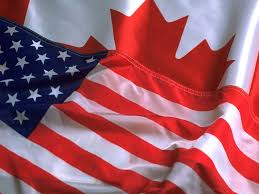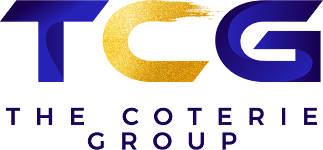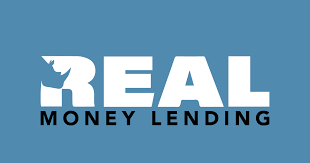Financing in Canada and the US: Navigating Today’s Economy

Overview
Financing in both Canada and the United States is being shaped by a mix of easing inflation, shifting interest rates, trade tensions, and evolving government policies. Households and businesses face a landscape that is both more stable than in recent years, yet full of new uncertainties and opportunities.
Canada: Easing but Still Cautious
Key Trends
- Interest Rates and Lending: The Bank of Canada has cut rates significantly since mid-2024, aiming to support growth amid slowing inflation and a softening economy. The overnight rate sits at 2.75% as of March 2025, down from recent peaks.
- Mortgage Renewals: About 60% of Canadian mortgages are due for renewal in 2025 or 2026, exposing many households to higher payments than those locked in during the ultra-low rate era.
- Private Credit: While Canada’s private credit market is growing, it remains less developed than in the US. Canadian funds often seek higher returns abroad, but domestic opportunities are rising as banks tighten lending in response to economic uncertainty and trade disruptions.
- Government Support: Programs like the Affordable Housing Fund and Housing Accelerator Fund are providing low-cost loans and incentives to address housing affordability and stimulate investment.
Economic Backdrop
- Growth and Investment: GDP growth is expected to be modest, around 1.1%–1.8% in 2025, with business investment remaining cautious due to trade uncertainty and a weaker Canadian dollar.
- Trade and Tariffs: Ongoing trade tensions with the US, including the threat of tariffs, have injected uncertainty. Scenarios range from limited tariffs on steel and aluminum to broader tariffs on vehicles and other goods, which could further dampen potential output and investment.
- Consumer and Business Sentiment: Consumer confidence has dipped, unemployment is rising, and business investment is hampered by both interest rates and trade policy risks.
United States: A New Economic Regime
Key Trends
- Interest Rates and Credit: The Federal Reserve is expected to gradually lower rates through 2025, with the federal funds rate projected to reach about 4%. Private credit markets are robust, with US funds leading global growth in alternative lending.
- Structural Shifts: The US economy is moving away from the era of near-zero interest rates. Policies now emphasize domestic industry, supply chain resilience, and “friendshoring,” which may constrain global financial flows but support domestic investment.
- Fiscal Policy: Renewed tax cuts and expansionary fiscal policies are expected to stimulate spending, though risks remain if tariffs rise or fiscal deficits grow too large.
Economic Backdrop
- Growth and Inflation: US GDP growth is forecast between 1.4% and 2.5% for 2025, with inflation slowly moving toward the Fed’s 2% target. Unemployment is expected to rise slightly but remain below 5%.
- Tariff Risks: Lower tariffs could boost business investment and ease inflation, but a downside scenario with higher tariffs could trigger recessionary pressures and tighter credit conditions.
- Business Financing: US firms face a new reality of higher financing costs compared to the post-2008 era, but robust private credit markets and a focus on domestic investment provide alternative funding sources.
Looking Ahead
- For Borrowers: Canadian households and businesses should prepare for higher refinancing costs and look to alternative lenders as banks become more cautious. In the US, firms will need to adapt to a higher-rate environment but can benefit from strong private credit markets and government stimulus.
- For Lenders and Investors: Private credit is poised for growth as traditional banks retrench. Both countries offer opportunities, but US markets are deeper and more mature.
- Risks: Trade tensions, policy shifts, and lingering inflation remain key risks. Both economies could see further volatility if tariffs escalate or if global economic conditions deteriorate.
In summary: Financing in Canada and the US is entering a new phase—marked by falling but still-elevated rates, the rise of private credit, and ongoing policy uncertainty. Both challenges and opportunities abound for those navigating today’s economic landscape

